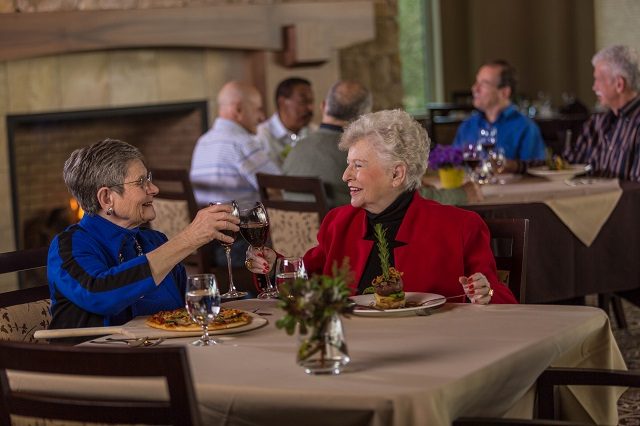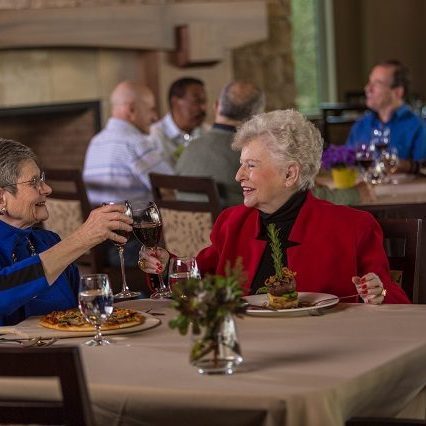 I can imagine a group home that specifically welcomes and focuses on lesbian elders
I can imagine a group home that specifically welcomes and focuses on lesbian elders
All older lesbians’ housing situations differ case by case, depending on the woman’s education and work as well as parenting status, but there’s one clear thing: at retirement, if women have put money aside, they have more choices for housing. They can remodel their home to adapt to their needs as they age and continue to live in their homes through their lives and hire caretakers to come in and help them, or they can select a continuing-care community, or they can move into some form of group housing or assisted living.
On the other hand, if women don’t have the benefit of having money put away, they’re likely to have to piece it together. They’ll have fewer choices and options. They may stay in their house longer, but if it isn’t remodelled that can be hazardous. For instance, if they fall on steps, and break a limb or a hip, and they need a mobility device [such as wheelchair or scooter], and if they don’t have funds to remodel, they may live in unsafe conditions. Or they may not be able to stay in their homes, so then they’re in assisted living or an adult foster home or with a relative, whatever they work out.
It’s not necessarily though that people with the least income are at the highest risk. People on the lower end of the income scale might actually have more resources or options from the government or the community [such as Medicare or Medicaid]. But people in the middle — people who are not impoverished but also don’t have substantial assets or savings — are going to have to spend down their income in order to get benefits.
What about LLLs who go into shared or assisted living?
There may be legal or, more likely, cultural limits or issues for two women living together in a group home or a foster home. It is difficult terrain for hetero, married couples so it’s logical to assume the difficulties increase for same-sex couples, especially in locations that don’t recognize domestic partnerships or marriage. Couples in aggregate care settings can have problems when, for instance, one partner needs a higher level of care than the other, which may force them to live in separate units or floors. Couples who are dating may be restrained by facility rules for overnight guests, locked doors, the presence of roommates, etc.
The good news is that we’re starting to see more culturally specific housing models, like adult homes or foster homes, develop around differing ethnic or language groups, so we may see some that cater to the gay/lesbian community as well. I can imagine a group home that, say, specifically welcomed and was focused on lesbian elders who wanted to live in that community, either as a couple or as individuals.
For part one of LLL’s interview with Rebecca Miller, go to Part One

